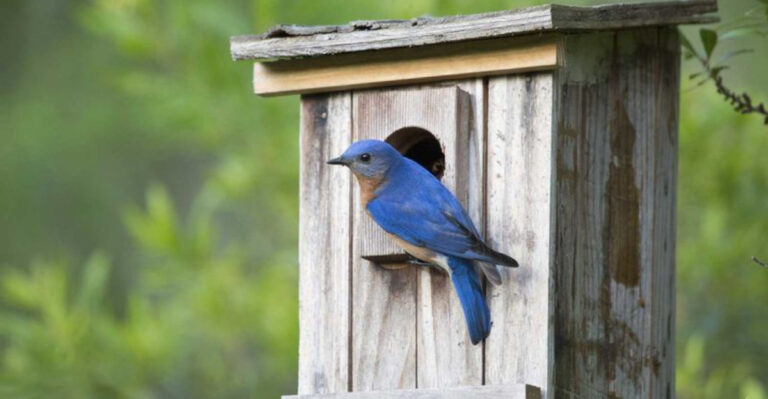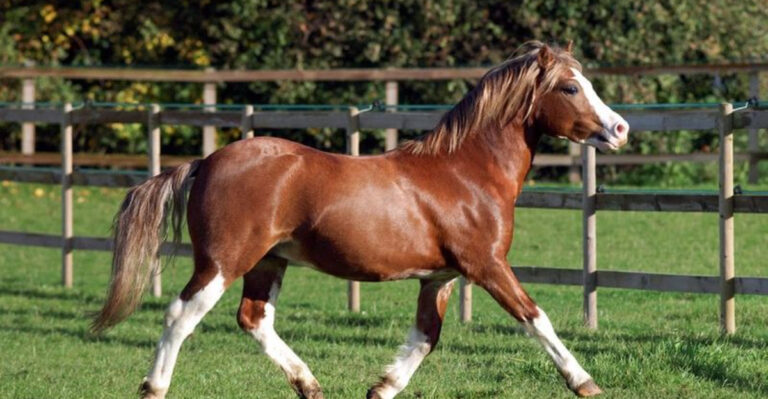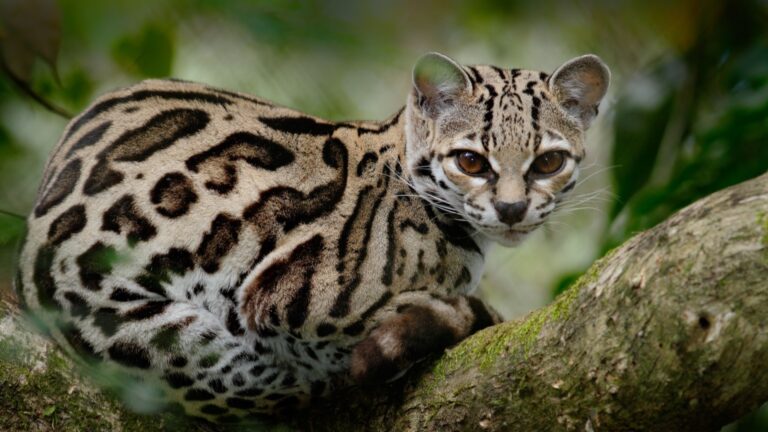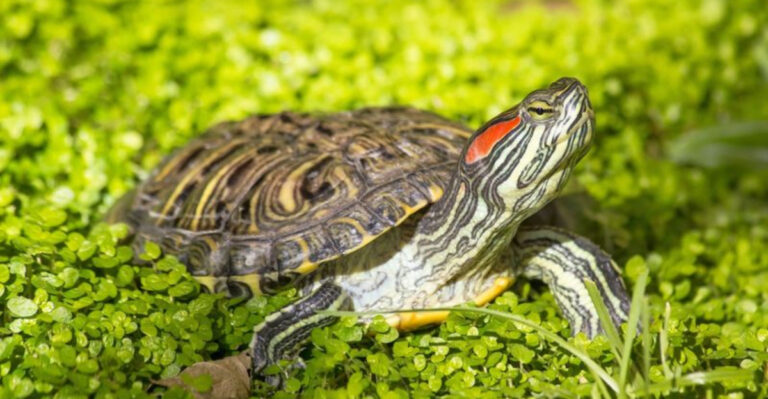14 Reasons Why Cats Scratch Furniture
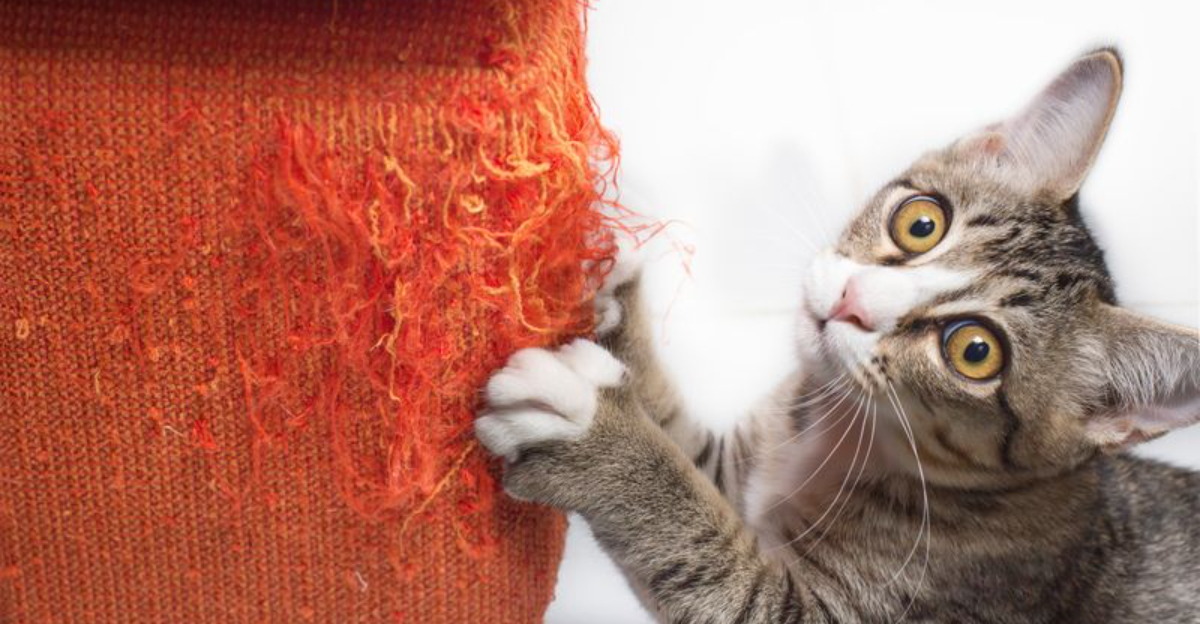
Ever caught your cat turning your couch into a scratching post? You’re not alone! Cats scratching furniture is a common quirk that leaves many pet owners baffled.
But why do they do it? Understanding the reasons behind this behavior can help you find solutions and keep both your feline friends and your furniture happy.
Let’s dive into 15 intriguing reasons why your kitty might be clawing at your favorite chair.
1. Territorial Marking
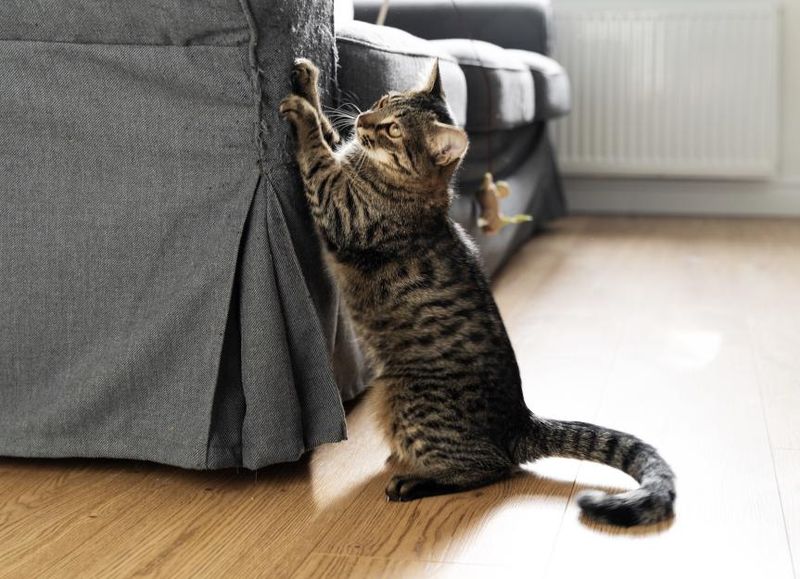
Cats are natural-born territorial creatures. When they scratch furniture, they’re not just sharpening their claws; they’re leaving a mark, quite literally. This behavior is like putting up a ‘No Trespassing’ sign for other animals.
Their paws have scent glands, and scratching releases these pheromones, marking their territory. It’s a way of saying, “This is my space.”
So next time you see those claw marks, know that your kitty is just making sure everyone knows who’s boss in the house. Why not provide a dedicated scratching post to keep the peace?
2. Exercise And Stretching
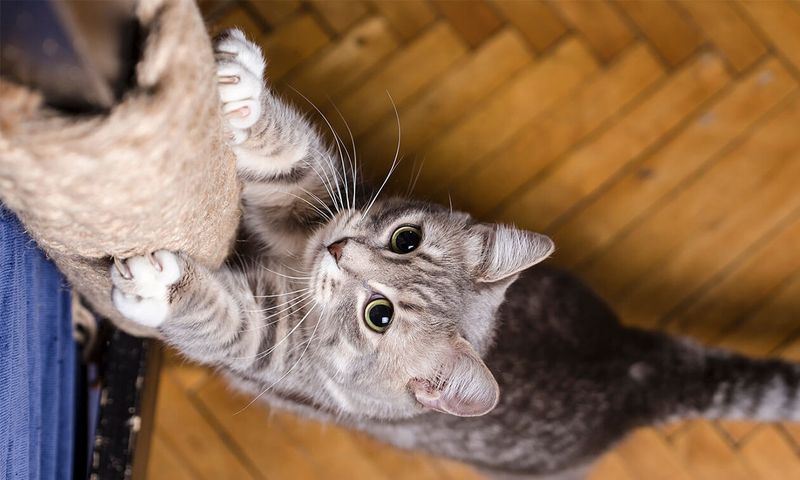
Stretching feels fantastic, doesn’t it? Well, your cat agrees! Scratching provides a full-body stretch that helps them stay flexible and fit.
When they dig their claws into your furniture, they’re not just exercising their claws but their entire body.
Encourage this healthy behavior by placing scratching posts in areas where your cat loves to lounge. They’ll enjoy the stretch, and you’ll enjoy fewer claw marks on your sofa. Everybody wins!
3. Stress Relief
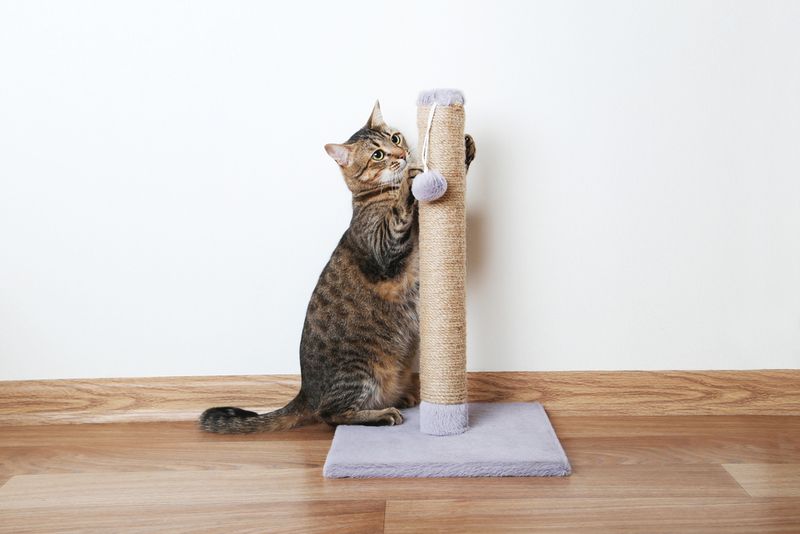
Life can be stressful, even for a cat. Scratching acts like a stress ball, helping them release tension and anxiety.
When things get tough – whether it’s a noisy household or a new pet – scratching offers a soothing release.
Consider it a kitty therapy session. Provide ample scratching surfaces, and you might find your feline friend more relaxed and content. It’s a simple way to ensure a happier, healthier cat.
4. Communication With Other Cats
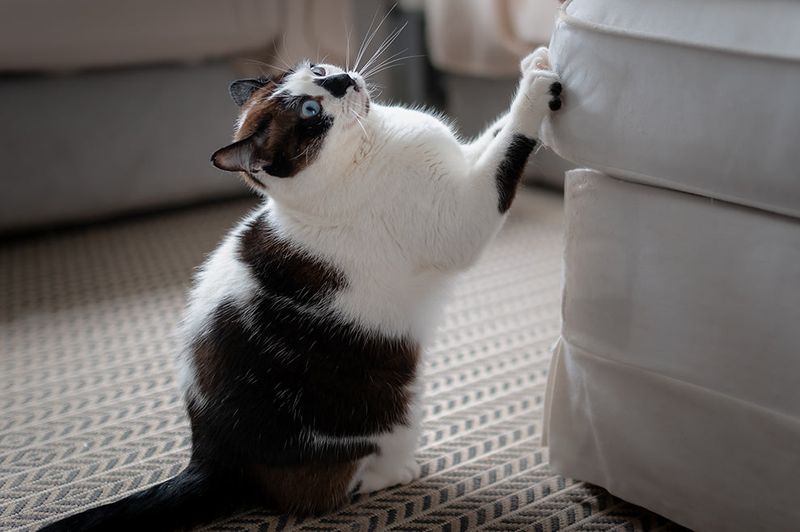
Cats have a unique way of communicating with each other, and scratching is one of their methods. Those claw marks and scents left behind tell other cats a story.
It’s like leaving a post-it note that says, “I was here,” along with other important messages.
Understanding this behavior can help in multi-cat households. Providing plenty of scratching areas can prevent territorial disputes and keep harmony among your feline companions.
5. Exploration And Play
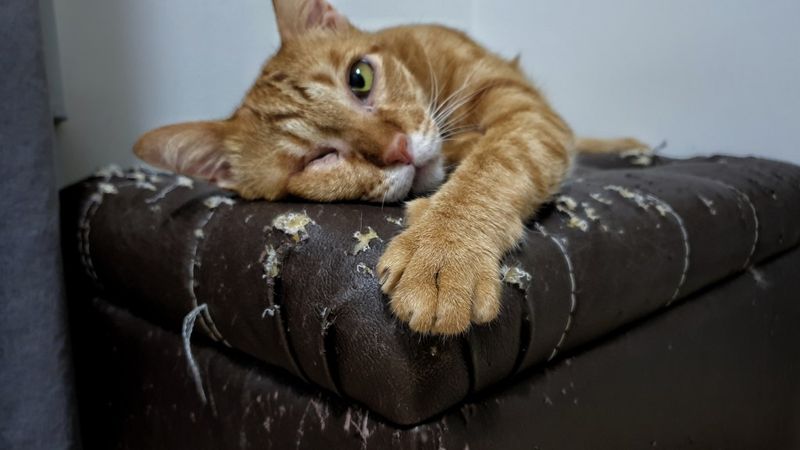
For curious kittens and adventurous adults alike, scratching is an integral part of play and exploration. It satisfies their natural curiosity and playful instincts.
Scratching different surfaces provides mental stimulation and keeps boredom at bay.
Fill your home with a variety of scratching toys and posts to keep your cat entertained and engaged. Who needs a jungle gym when your living room can be a playground?
6. Instinctual Behavior
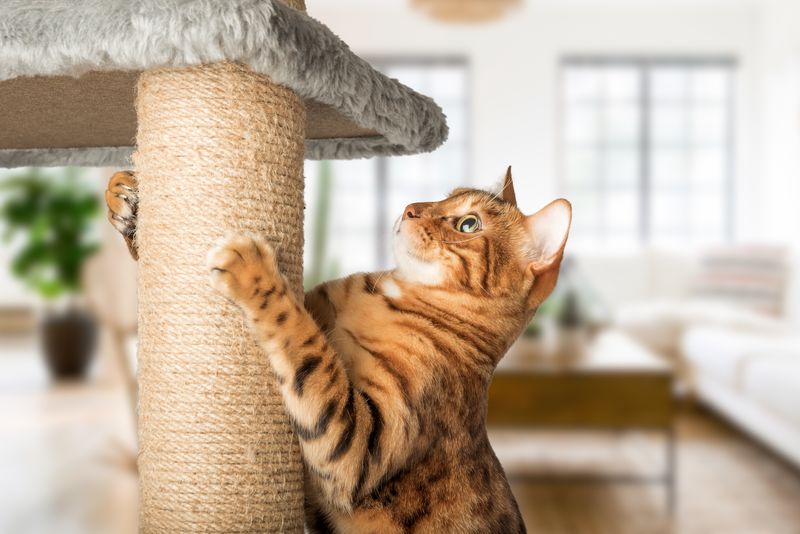
Scratching is deeply rooted in a cat’s instincts. In the wild, cats scratch trees to mark territory and keep their claws sharp.
Even indoor cats carry this primal behavior. It’s a part of their heritage, an echo of their wild ancestry.
Embrace this natural behavior by offering tree-like scratching posts, giving them a taste of the wild indoors. Let them unleash their inner tiger!
7. Routine And Habit
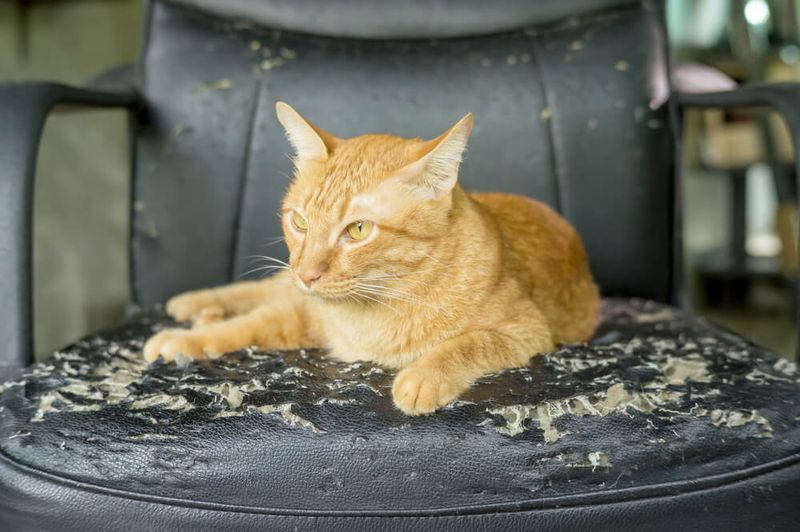
Do you have a morning routine? So does your cat! Scratching can become a habitual activity, part of their daily rituals.
They might scratch certain spots at specific times, like right after waking up or before a meal.
Recognizing this pattern can help you provide alternative scratching options in those favorite spots. This way, you can redirect the behavior without disrupting their routine.
8. Attention-Seeking

Ever notice your cat scratching when you’re busy or not paying attention to them? They might be saying, “Look at me!”
Scratching can be a way to grab your attention, especially if it results in a reaction.
Ensure your cat gets plenty of playtime and interaction. Redirect this behavior by rewarding them with toys or treats when they use appropriate scratching areas. Everyone loves a bit of attention, even your kitty!
9. Boredom Buster
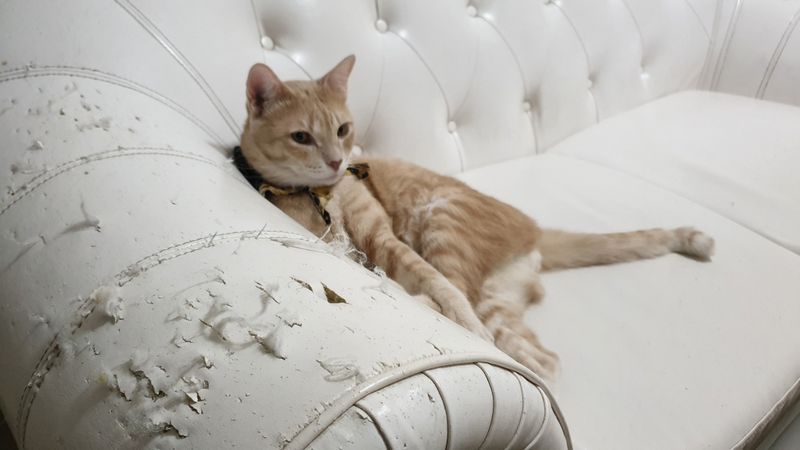
Cats are curious creatures, and when they’re bored, they tend to find ways to entertain themselves – sometimes at the expense of your furniture.
Scratching provides mental stimulation and a way to burn off excess energy.
Keep your cat mentally and physically engaged with interactive toys and varied scratching posts. A little effort can go a long way in preventing boredom-induced destruction.
10. Scent And Pheromone Release
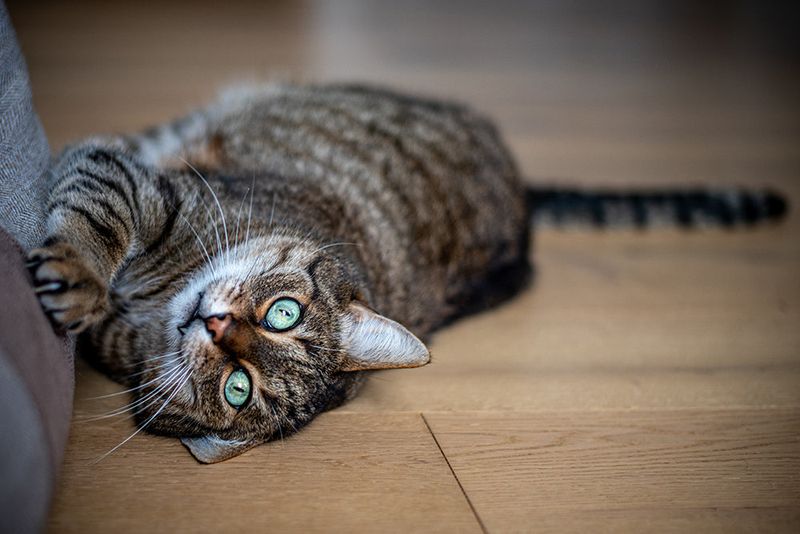
Cats have glands in their paws that release pheromones when they scratch. These scents are invisible messages, marking territory and conveying emotions to other cats.
It’s a fascinating way of communication that goes beyond our human senses.
By understanding this, you can appreciate the complexity behind those claw marks. It’s not just about scratching; it’s about leaving a scented note that says, “I was here.”
11. Surface Preference
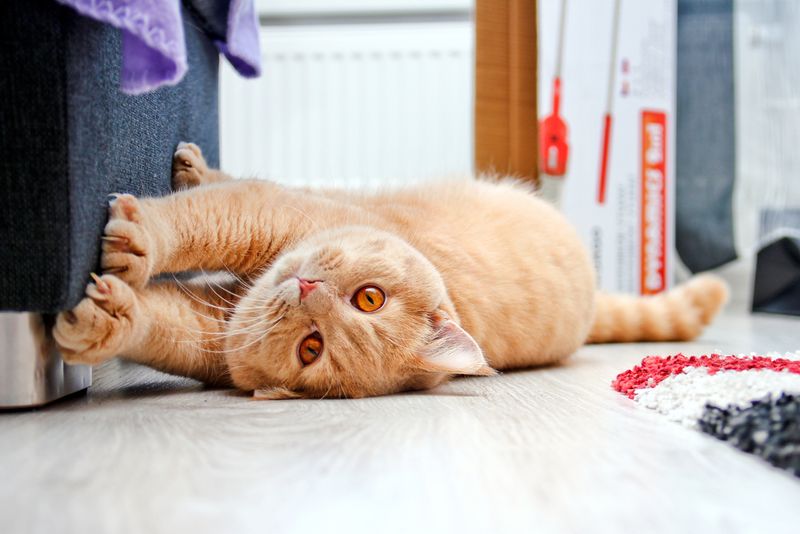
Cats can be quite particular about the surfaces they choose to scratch. Some prefer the feel of a carpet, while others might love the texture of a wooden post.
Experiment with different materials to find what your cat likes best. Providing a variety of textures can prevent them from targeting your furniture.
Think of it as catering to their personal taste, making your home a cat-friendly haven.
12. Nail Maintenance

Scratching is a natural way for cats to maintain their nails. It helps them remove old nail sheaths, keeping their claws healthy and sharp.
This process is vital for their overall well-being, preventing nail issues that could lead to discomfort or infections.
Regularly trimming your cat’s nails can complement their scratching habits, ensuring both their health and your furniture’s safety.
13. Curiosity And Exploration
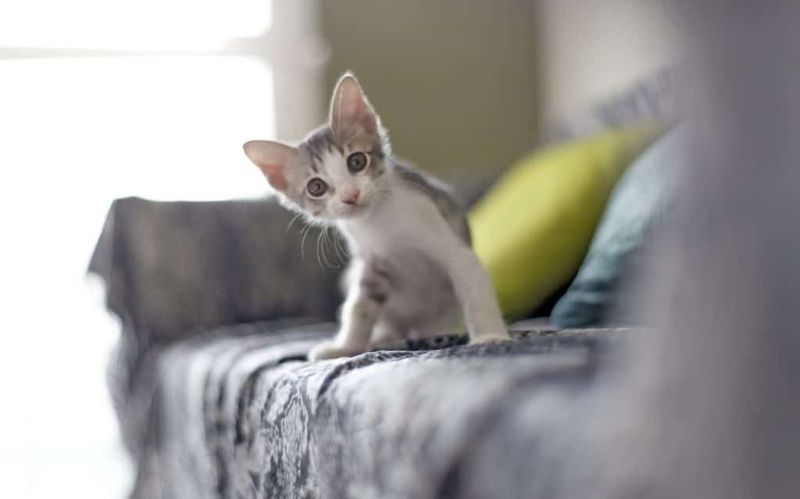
Cats are endlessly curious, and scratching is part of their exploration process. New surfaces or changes in their environment often intrigue them.
Encourage their curiosity by introducing new scratching posts or toys. This keeps their environment dynamic and interesting.
A curious cat is a happy cat, and it helps keep their minds sharp and engaged. Who knew scratching could be such an adventure?
14. Social Interaction
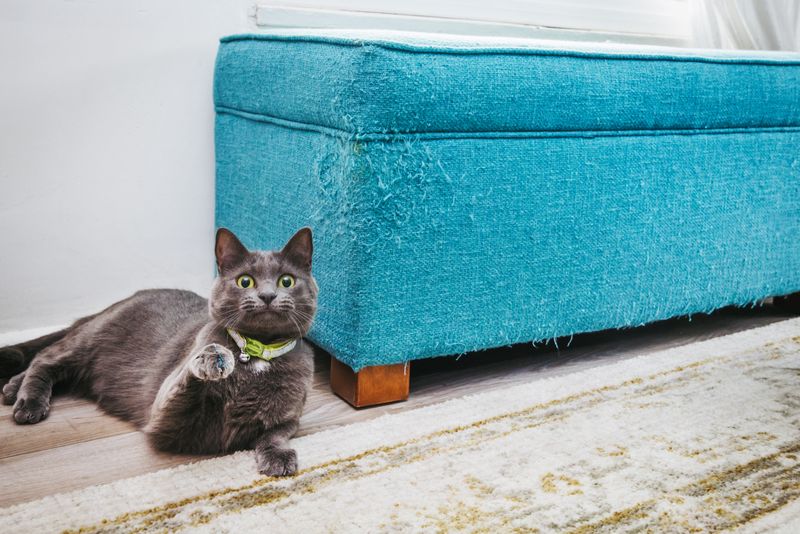
In multi-cat households, scratching can be a social activity. It becomes a shared experience that strengthens bonds between cats.
They might scratch the same area as a form of socializing, much like humans playing a game together.
Providing communal scratching posts can enhance these interactions and reduce conflicts. It’s all about creating a harmonious environment for your feline family.


